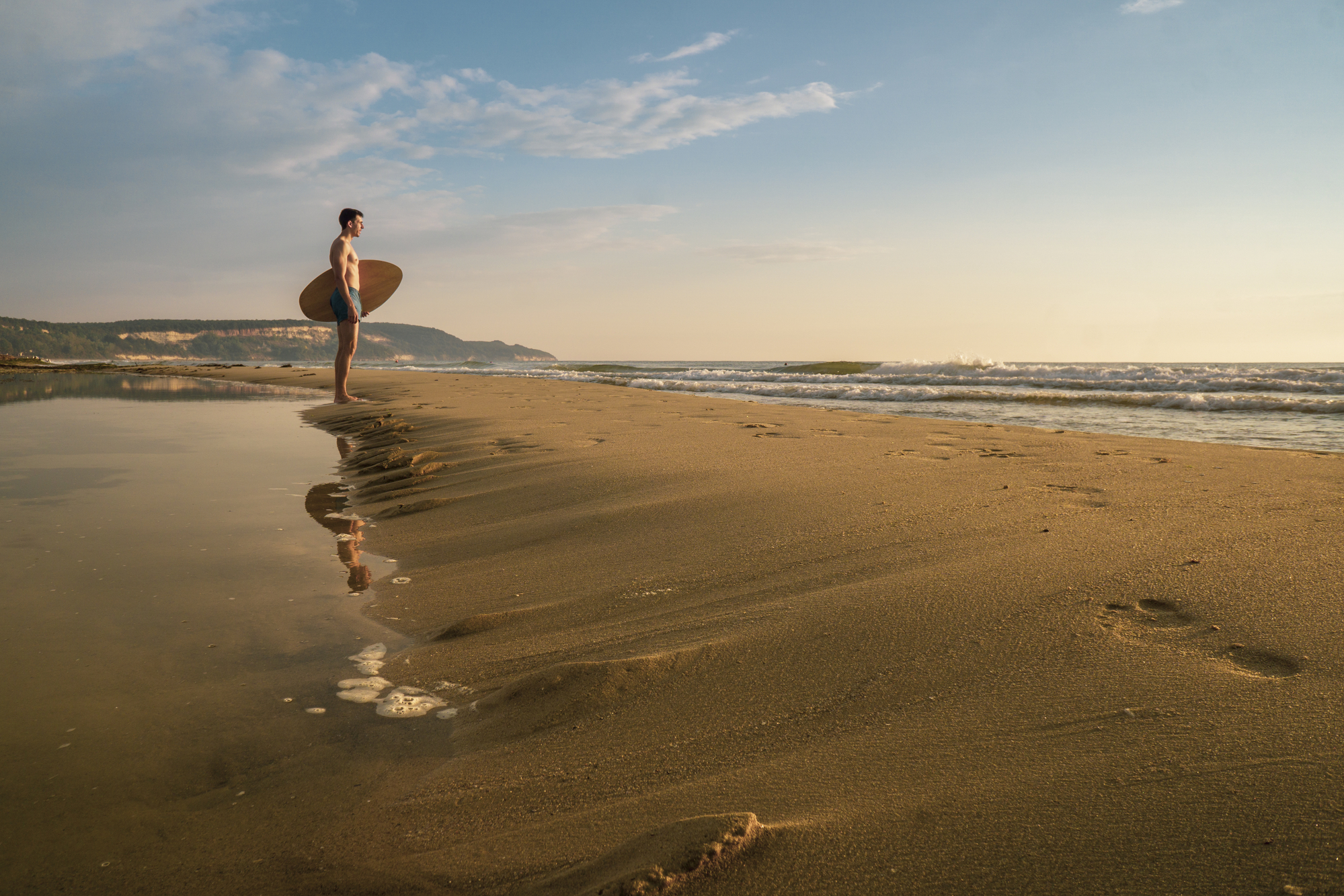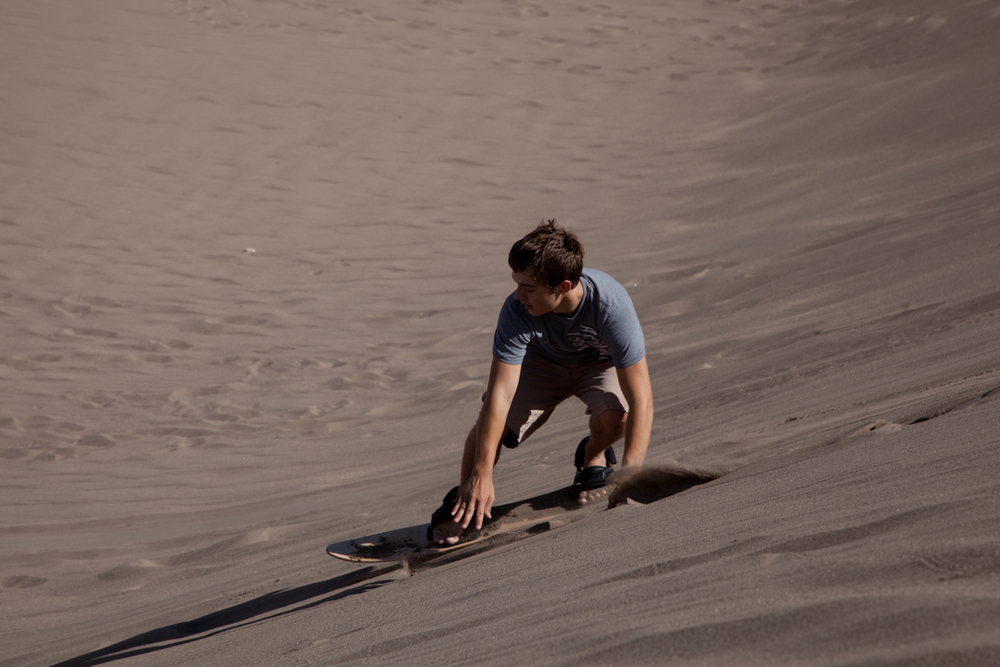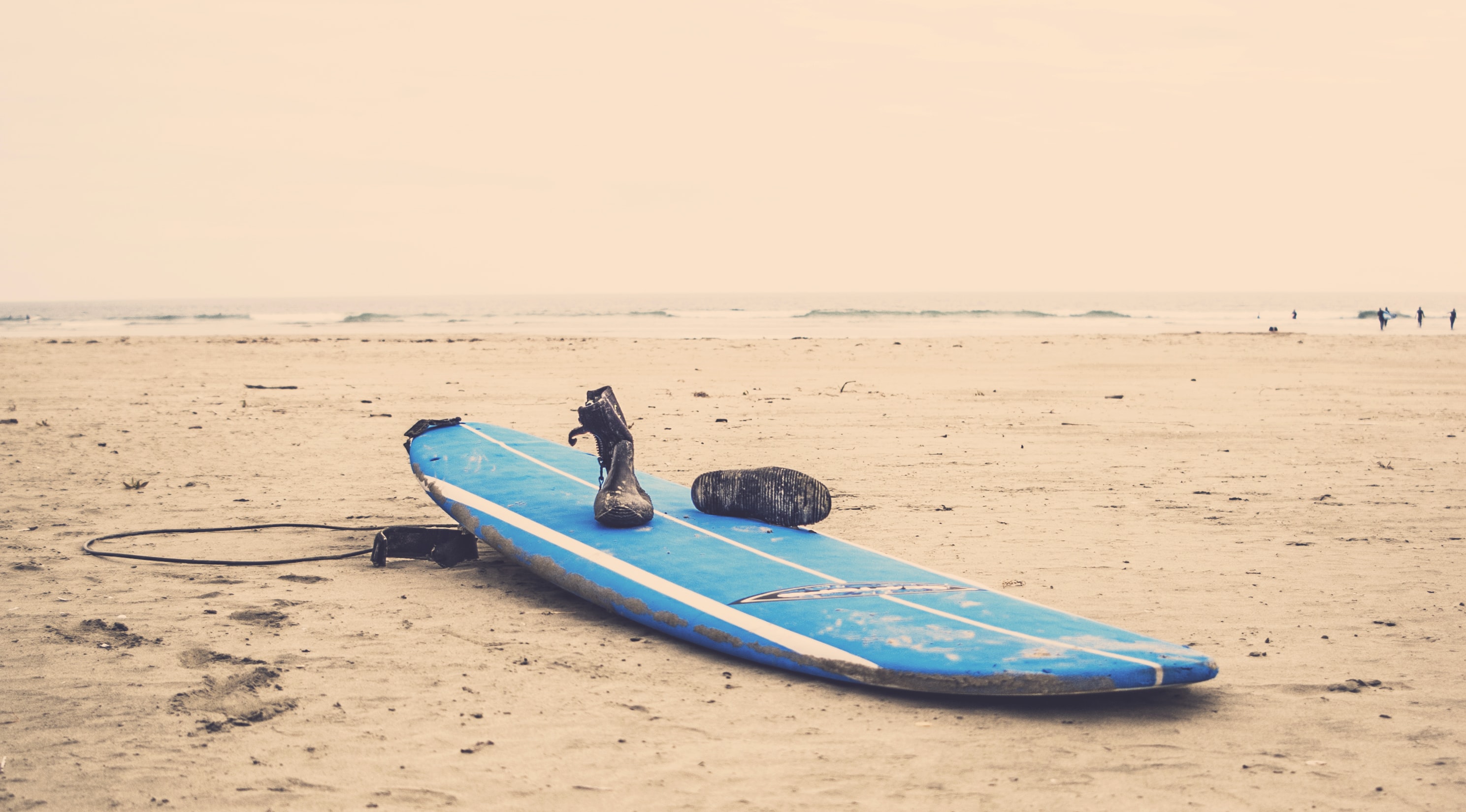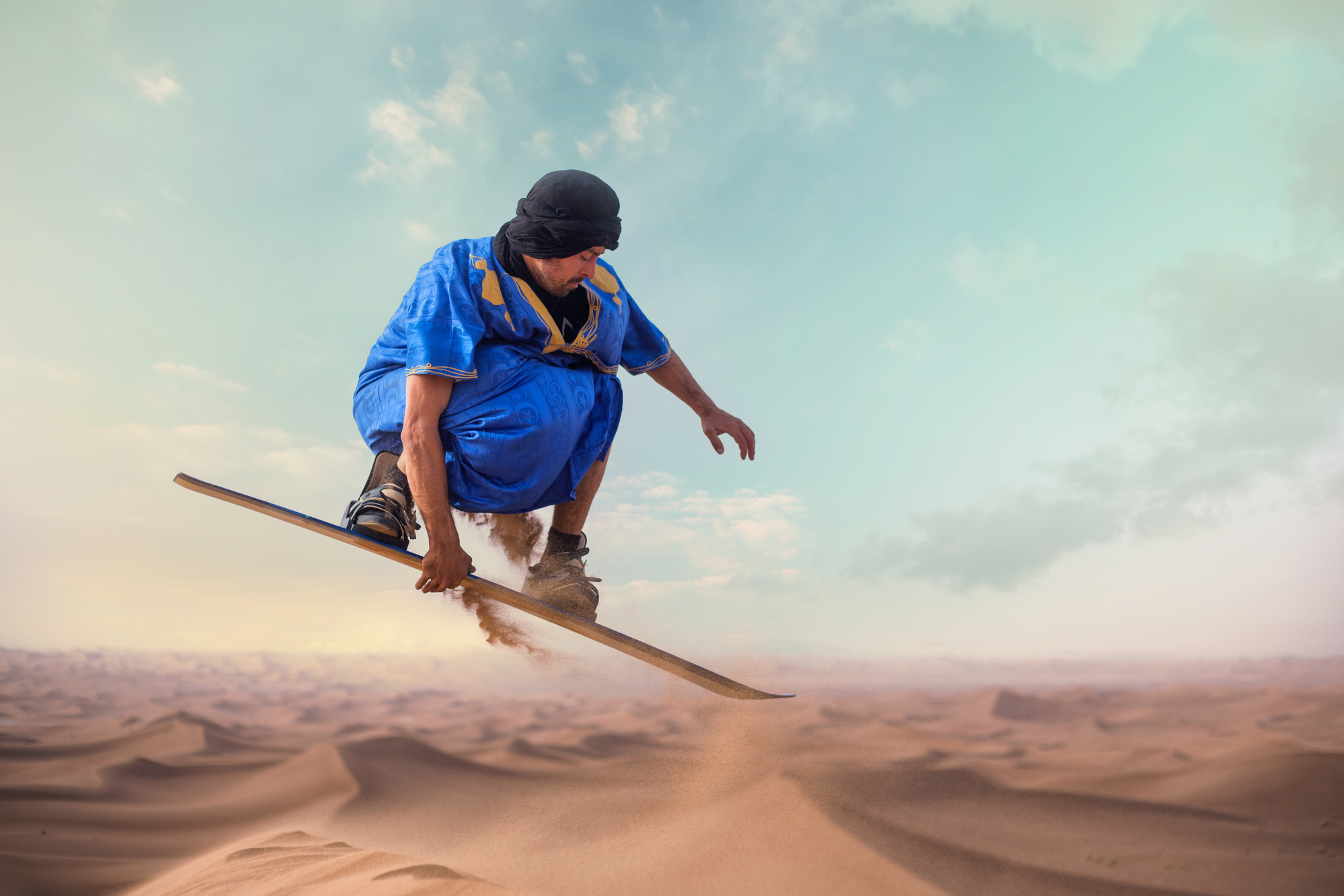Skimboarding provides an exciting experience for both professionals and beginners alike. There’s nothing better than cruising along the shoreline with water spraying in your face!
But while skimboarding is fun and more accessible compared to other board sports, this does not mean you should get complacent.
As with other water-based sports, there are certain risks associated with skimboarding.
Let’s talk about skimboarding dangers and precautions and what to expect when trying out this fun and exciting sport!
Is Skimboarding Dangerous?
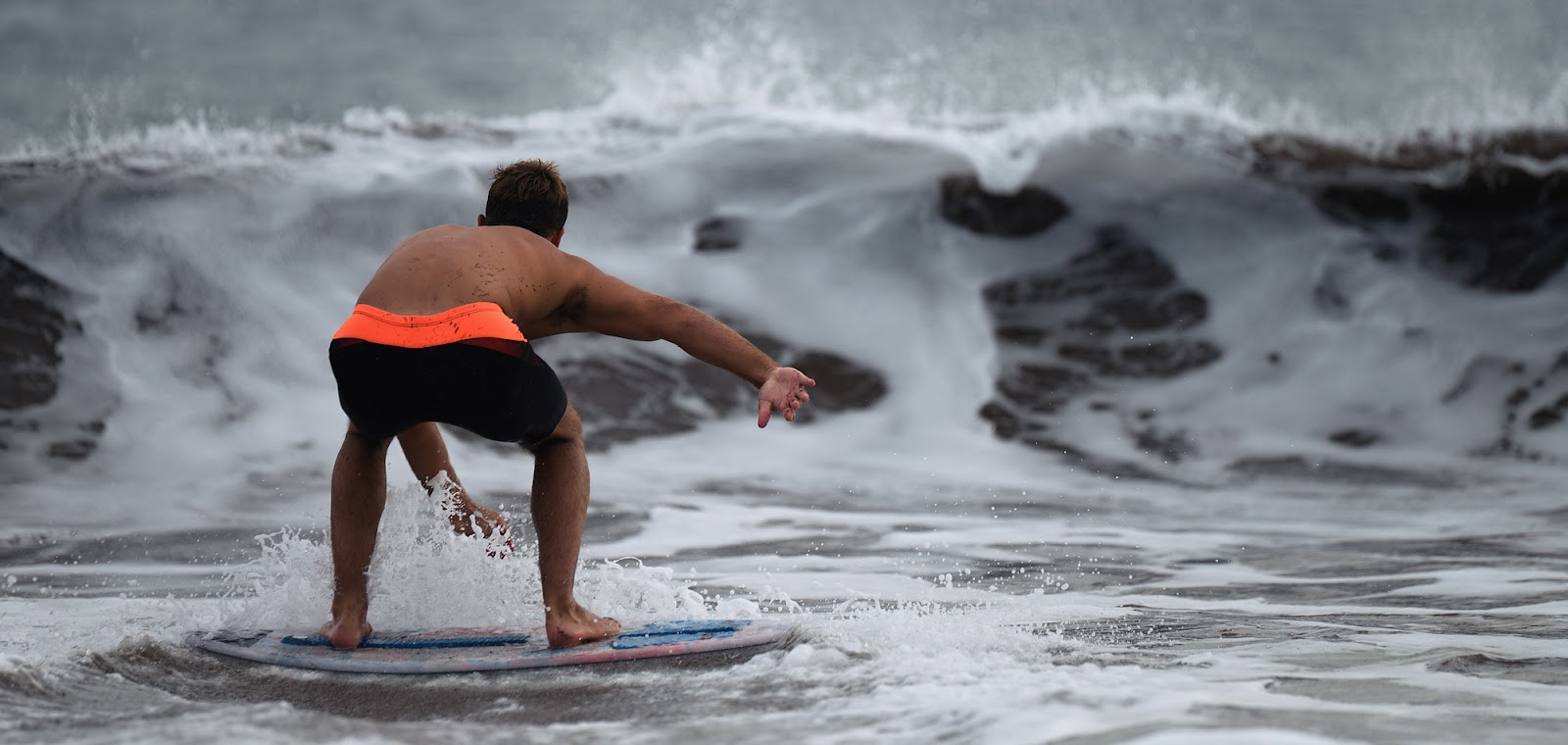
Since skimboarding is usually done on the shore or in shallow waters, there is a lower risk of drowning compared to surfing.
However, the learning curve can be quite steep in the beginning.
Learning the initial movement of running and jumping on your board requires muscle memory.
Novices generally have a hard time trying to get the timing and coordination needed to perfect the moment.
Most injuries occur while beginners are learning the basics.
These injuries are usually minor such as soft tissue bruises and sprains, but more serious injuries such as fractures and broken bones are also possible.
Common Skimboarding Injuries
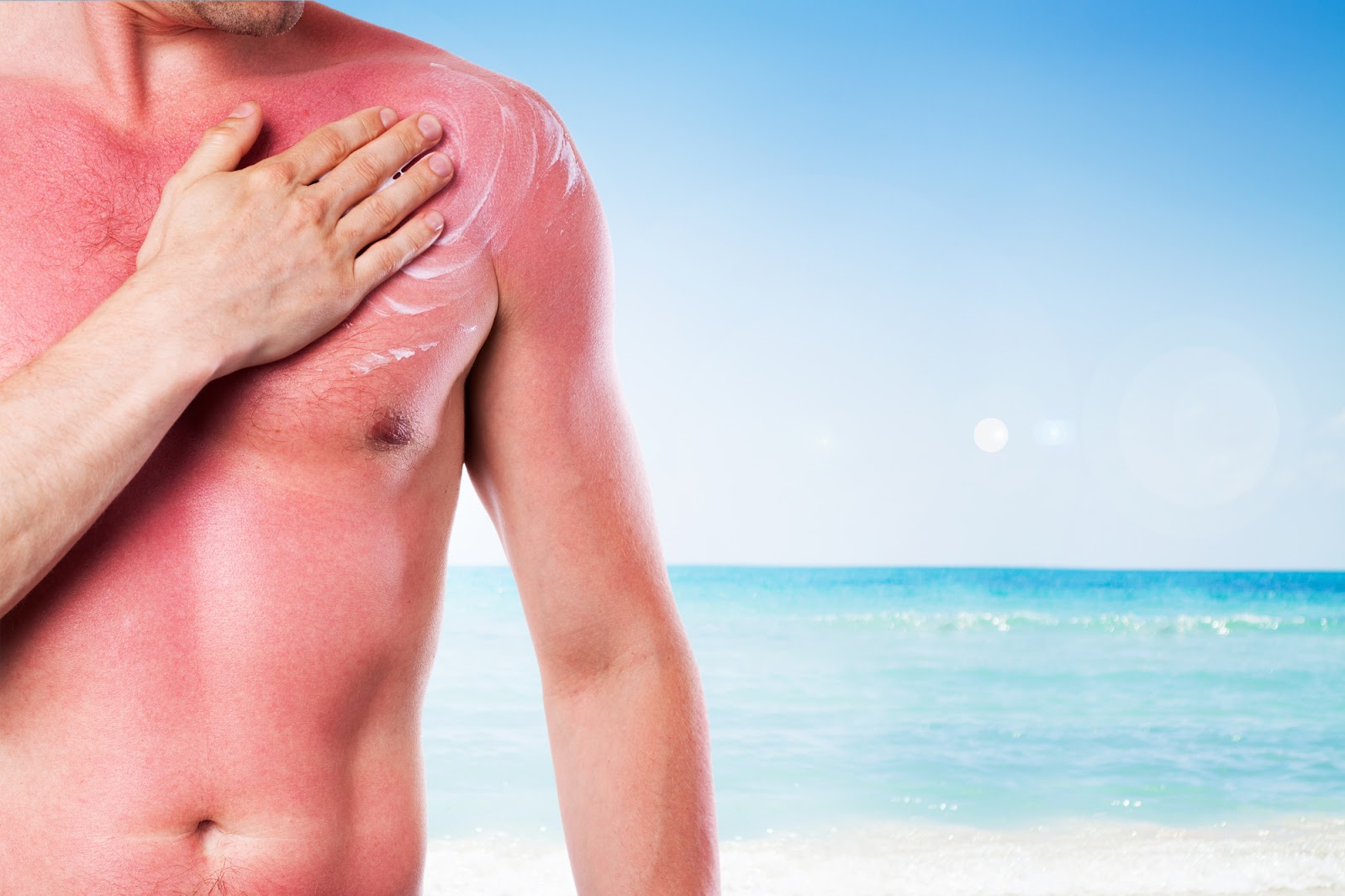
Skimboarding injuries typically come from falling. Since the sport requires balance and motor coordination, there are numerous instances where injuries can occur.
A skimboarder can miscalculate their jump or lose their balance while on the board.
Jumping off the board before the ride is complete can also cause a rider to land incorrectly.
If you are skimboarding on sand, falling incorrectly can result in painful rashes on your skin.
Here are some common injuries that you can experience from skimboarding:
- Fractured or broken bones
- Sprained wrists
- Pulled groin or thigh muscles
- Bruises
- Head injuries
- Scratches
- Torn ligaments
- Spinal injuries
Aside from injuries from falls, you can also get injured by the environment. Sunburns are common in skimboarders who don’t wear sunscreen.
Repeated exposure to cold wind and water can result in surfer’s ear. This condition causes bony growth inside the ear canal and can lead to hearing loss if left untreated.
You can also develop pterygium or surfer's eye if you skimboard under a bright sun or on windy beaches.
The main symptom is a pink growth on the conjunctiva, the tissue on your eyelids. Severe pterygium can lead to vision loss if not treated.
How to Avoid Skimboarding Injuries
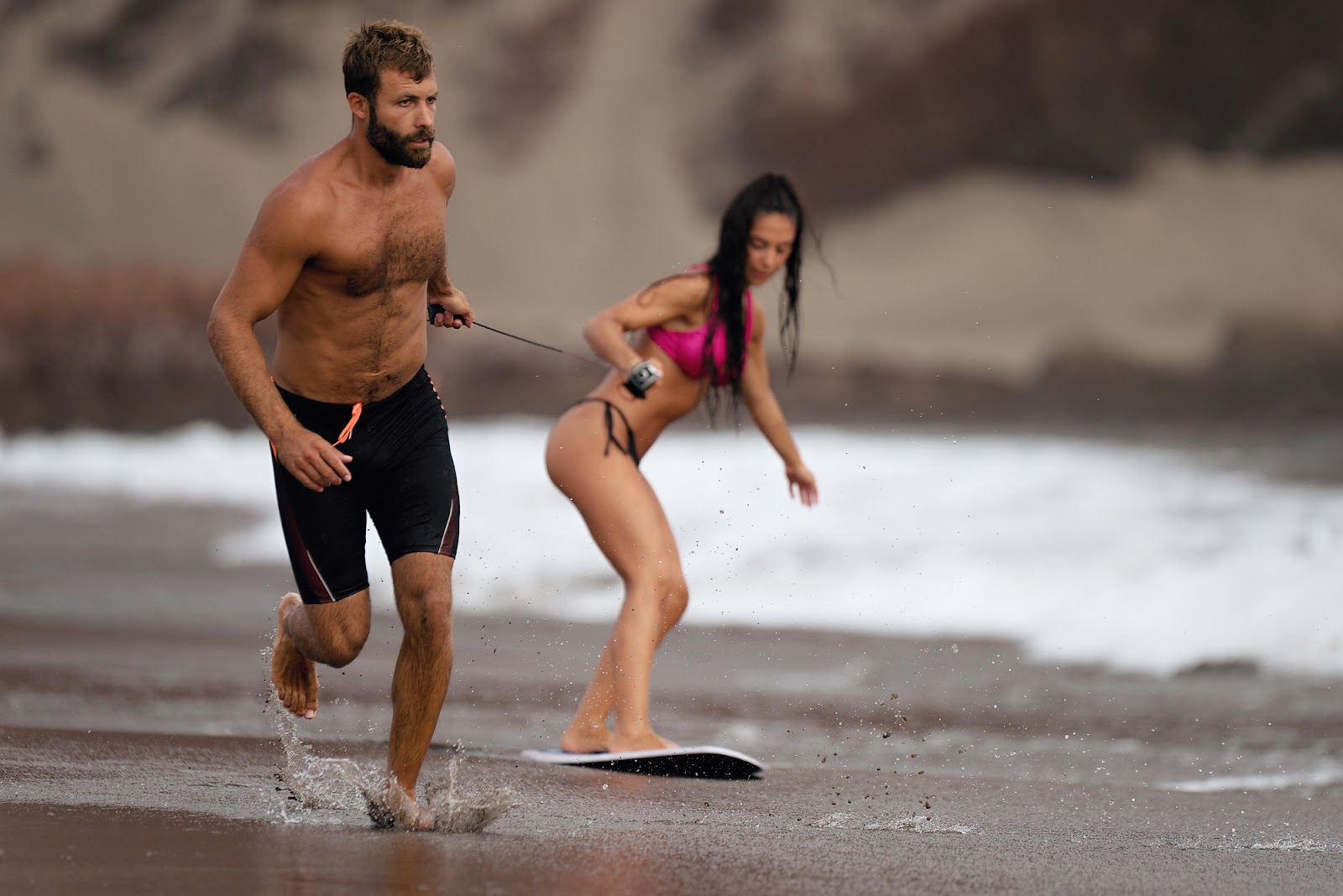
The list of skimboarding injuries may sound scary. Luckily, there are ways to lessen the risk of getting hurt while skimboarding.
Take Lessons
One of the main reasons why people get hurt by skimboarding is that they don’t take the time to prepare properly. Since you can skimboard almost anywhere and boards are easy to rent, many people get excited to try their hand at this fun water sport
The best way to prepare is by taking a skimboarding lesson. Skimboarding lessons can be either private or group.
You can learn the fundamentals with just one lesson, and you’ll be better prepared to skimboard for the first time.
Use Protection
Beginners should wear a helmet while learning the ropes. Head injuries are by far the most serious and hardest to treat.
Even after you master the basics, you should take precautions when skimboarding. Wear a rashguard, earplugs, and shades if you are skimboarding on a sunny beach.
Some people even wear a diving suit to protect their legs. Keep in mind that your hands, face, and feet are still exposed to the elements.
Put on sunscreen before skimboarding to protect your skin from direct sunlight.
Timing and Location Matter
Picking the right location is crucial to a safe skimboarding experience. A flat and smooth surface is best for beginners.
Avoid beaches with sticky sand, as well as rocky beaches. If you’re skimboarding on grass, go for wet grass with firm soil underneath.
When possible, avoid skimboarding on sunny and windy days. As mentioned above, prolonged exposure to bright sunlight and sandy breezes can damage your skin, eyes, and ears.
Conclusion
Skimboarding is only as dangerous as you make it. Being unprepared for the sport and the accompanying conditions will leave you prone to getting hurt.
If you take the time to prepare, use the right protective gear, and choose the best conditions, you can lessen the risk of injuries and have the best time.
Remember, an ounce of prevention is better than a pound of cure!
Just remember to be safe, and you’ll enjoy skimboarding every time you go out on your board.

